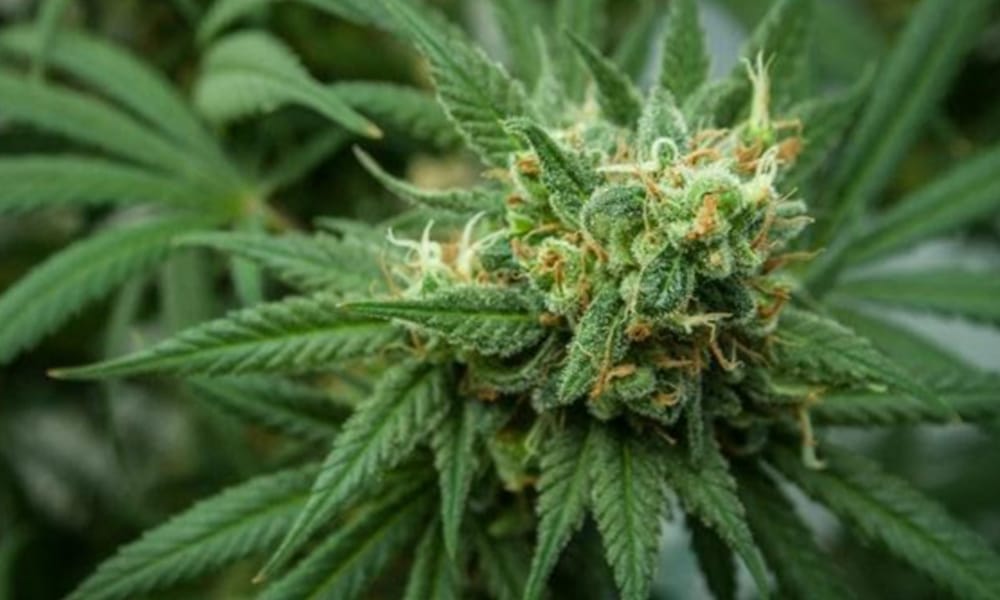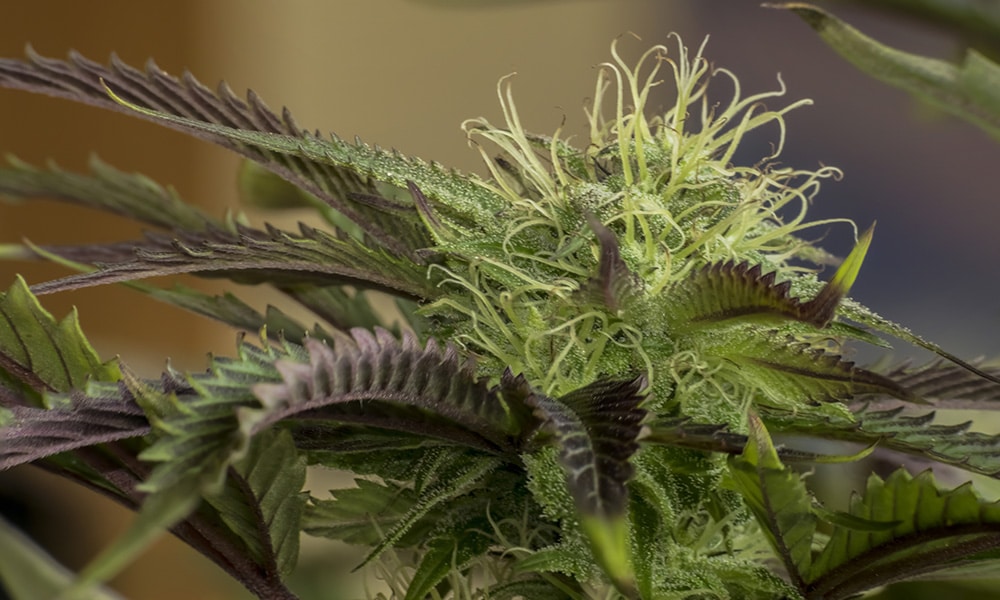If you’re a cannabis enthusiast, you may have at least entertained the idea of growing your favorite buds at home. Perhaps you’ve already invested in some seeds. The prospect of growing flowers from start to finish on your own can be incredibly rewarding. If you’ve never done it before, however, you might not know what to expect. Here, we’ll provide you with some information about the cannabis flowering stages to help get the best out of your plants.
The Transition to Flowering
To begin the flowering stage, you need to reduce the length of time you keep your cannabis plants exposed to light. Less light tricks the plants into thinking the days are shorter. You want 12 hours of light and 12 hours of uninterrupted darkness (unless you have auto-flowering plants). The plants will still grow, and may even double in size.
During this early stage, female plants begin to develop little white pistils, while the male plants develop pollen sacs. You’ll want to separate them from the female plants to avoid pollination, which will cause the buds to develop seeds, ruining your final product.
Budlet Formation
After about three weeks, you’ll notice little budlets beginning to form. At the same time, many of the leaves near the bottom of your plants may start turning yellow. While this is normal, you should watch the upper leaves. If they start to yellow or the edges brown, your plants could be experiencing nutrient burn, indicating that you should provide fewer nutrients.
Budlets Mature
Between weeks four and six of the flowering process, you’ll begin to notice that your buds are getting fatter. They’ll still have little white pistils all over them. As the buds get bigger, you’ll need to focus on holding them up, just in case they get too heavy for the stems. Some advanced growers defoliate their plants at this point. Others believe that the process causes too much stress, which could ultimately destroy your plant.
Ripening
From weeks six to eight, your buds, now fully mature, begin to ripen. Once they’ve grown significantly larger, you’ll need to stop providing nutrients, which allows the plant to drain off any excess. The plants will need more airflow and cooler temperatures. The pistils also start to darken.
Final Cannabis Flowering Stages
The flowering process ends after approximately eight weeks. Now it’s a matter of maintaining the plants until it’s time to harvest. Monitor the buds, pistils, and trichomes to determine the best time for picking. Going beyond peak harvest means that the THC levels start to decline and CBN begins to form. While this cannabinoid has benefits, it’s not nearly as strong as THC.
When to Harvest
Determining when to harvest your buds can be a little challenging, especially if you’re new to the process. Once you get used to it, though, you’ll become a pro in no time. One of your best indicators is the trichomes. The buds are ready for harvest when they’ve turned an amber. If they’re white or clear, it’s too soon. You can also examine the pistils for signs of readiness. The buds are likely ready for picking when the pistils have started curling inward.
Enjoy the Fruits of Your Labor
Growing cannabis takes dedication, but the results will be well worth the effort. With a little bit of practice, and understanding of the cannabis flowering stages, you’ll be a pro at growing your favorite strains.


